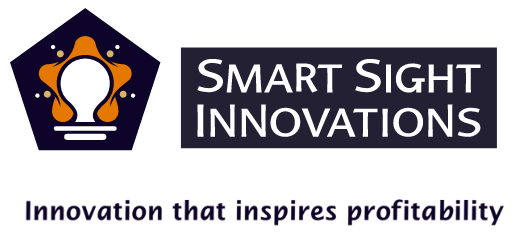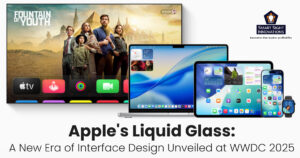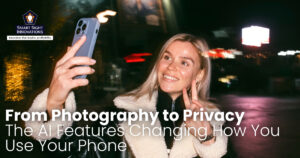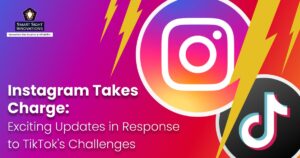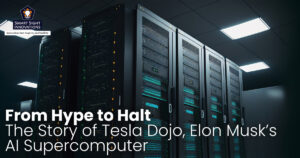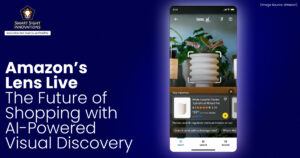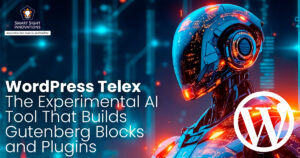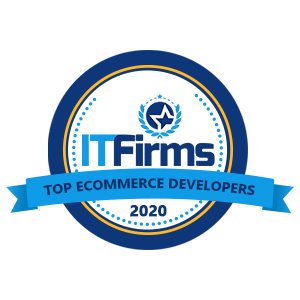
(Image Source: Tesla)
Imagine getting into a car that drives itself, no steering wheel, no driver, just you and the destination. In a significant leap toward the future of autonomous mobility, Tesla officially launched its first public robo-taxi rides in Austin, Texas. The pilot program, which began on June 22, 2025, allows select users to experience fully driverless transportation powered by Tesla’s camera-only Full Self-Driving (FSD) software. Though limited and invite-only at launch, the initiative marks a pivotal moment for both the company and the evolving landscape of urban mobility.
Where It’s Happening and How It Works?
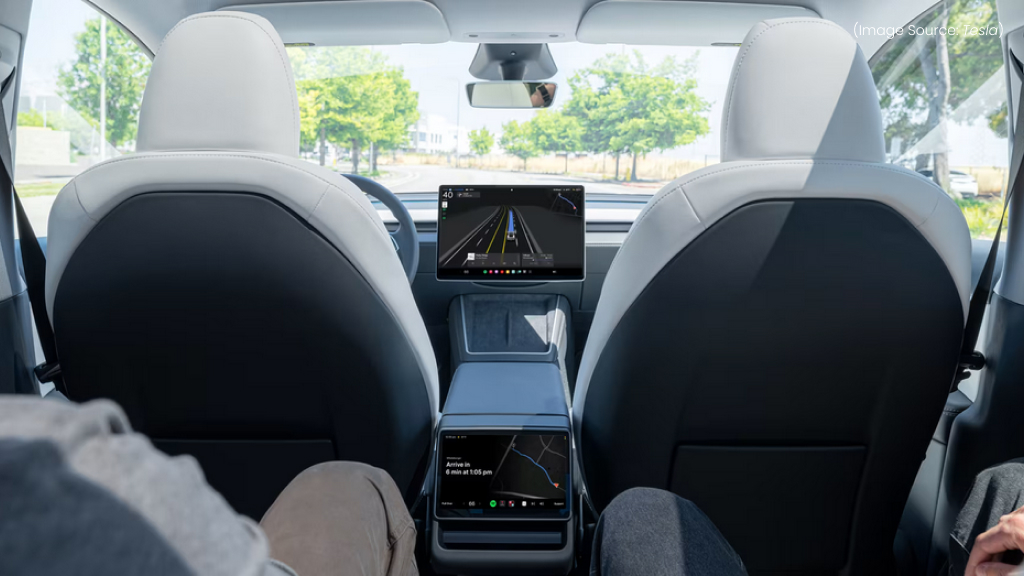
(Image Source: Tesla)
Tesla’s inaugural fleet of approximately 10–20 autonomous Model Y vehicles operates in a geofenced zone in South Austin. While still in its early invite-only phase, here’s how you can prepare to be part of this next-generation transport experience.
Check If You’re in the Service Area
As the Robotaxi service is currently operating within a geofenced zone, the designated area has been carefully selected to ensure a controlled and safe environment for early testing. Before planning a ride, make sure your pick-up and drop-off points fall within the supported region shown in the Tesla app. Expansion beyond South Austin is expected as the program matures and more vehicles are added.
Secure an Invitation
The initial rollout is limited to a handpicked group of users. To be eligible, you typically need to be either a Tesla vehicle owner, or a shareholder, or a participant in Tesla’s Early Access Program, or a verified Tesla community member or influencer. Tesla is notifying selected users via the Tesla app or email.
Booking Your Ride
Booking a Tesla Robotaxi is designed to be simple and seamless. Download the Robotaxi app and login with your Tesla credentials. Once you get access to the app, you can select your pick-up location within the supported zone and enter your destination.
The app will confirm availability and assign a vehicle, showing real-time updates. The service runs daily between 6AM to 12AM (Central Time). With no driver to coordinate with, the process is fully app-driven, just confirm, wait, and step into a self-driving ride powered entirely by Tesla’s FSD system.
Note:
- It is important to note that guests under 18 years are not allowed to ride.
- Any rider who is disabled is permitted to bring a service animal along. Non-service animals are not allowed in a Robotaxi.
Before the Ride
Before stepping into a Tesla Robotaxi, it’s important to understand what to expect and how to prepare for the experience. Once booked, you will get an estimated ride fare and how long will it take for the Robotaxi to arrive. Your ride will arrive autonomously, without a driver behind the wheel.
Each car includes a Tesla employee acting as a safety monitor in the front passenger seat, ready to intervene if necessary but otherwise hands-off. These rides are powered entirely by Tesla’s FSD system using a vision-only approach, no Radio Detection and Ranging (radar), no Light Detection and Ranging (LiDar), just cameras and neural nets.
During the Ride
While still in its early phase, Tesla’s Robotaxi offers a few ways to personalize your ride. Through the app, users can set climate preferences, adjust media volume, and save frequent destinations. Tesla owners may also benefit from profile syncing, allowing seat position, temperature, and music settings to carry over automatically.
Inside the vehicle, riders can use the touchscreen to control airflow, adjust settings, or view route progress. Anytime during the ride, you can reroute your destination, by tapping the Edit option in the Robotaxi app.
After the Ride
Once your Tesla Robotaxi ride ends, the experience doesn’t stop there. Riders can provide instant feedback through the Tesla app, rating the ride and reporting any issues with navigation, comfort, or vehicle behavior. This feedback helps Tesla continuously refine its Full Self-Driving system. You’ll also receive a ride summary, including route details and fare confirmation. If you’ve saved preferences or destinations, the app may suggest them for future trips.
Tesla’s Vision-Only Approach
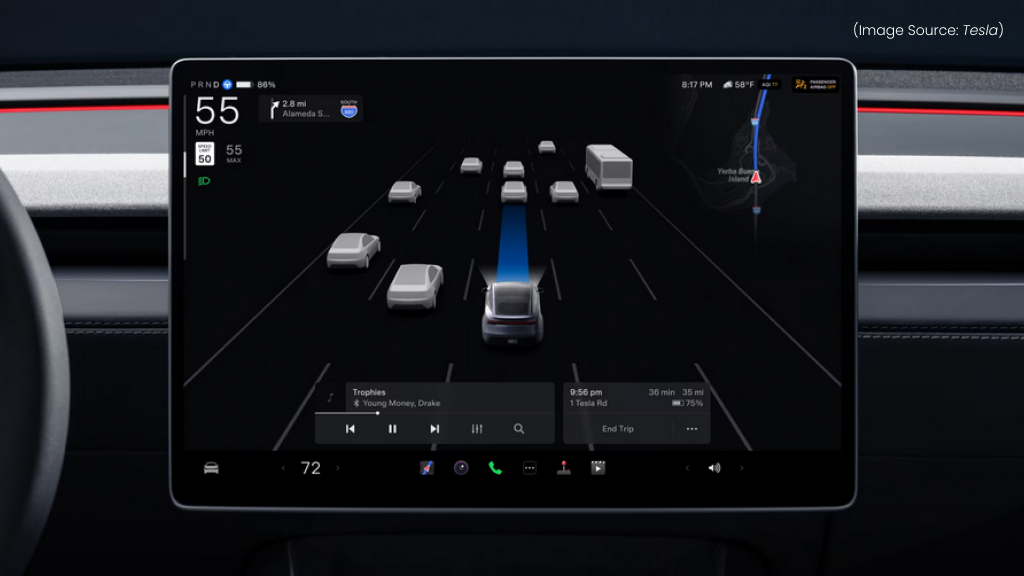
(Image Source: Tesla)
Unlike competitors such as Waymo and Cruise, Tesla’s autonomous system avoids LiDar and radar in favor of a camera-based neural network architecture. The philosophy, championed by Elon Musk, argues that vision, like that used by humans, is all that’s needed to drive safely. This approach is leaner, cheaper, and theoretically more scalable.
Yet, critics argue that vision-only systems may lack redundancy. In challenging conditions like fog, low light, or unexpected road debris, LiDar-equipped systems may offer more consistent performance. Tesla’s bold stance puts its software in the spotlight, as real-world feedback and performance data accumulate from the Austin trials.
Competition and Market Context
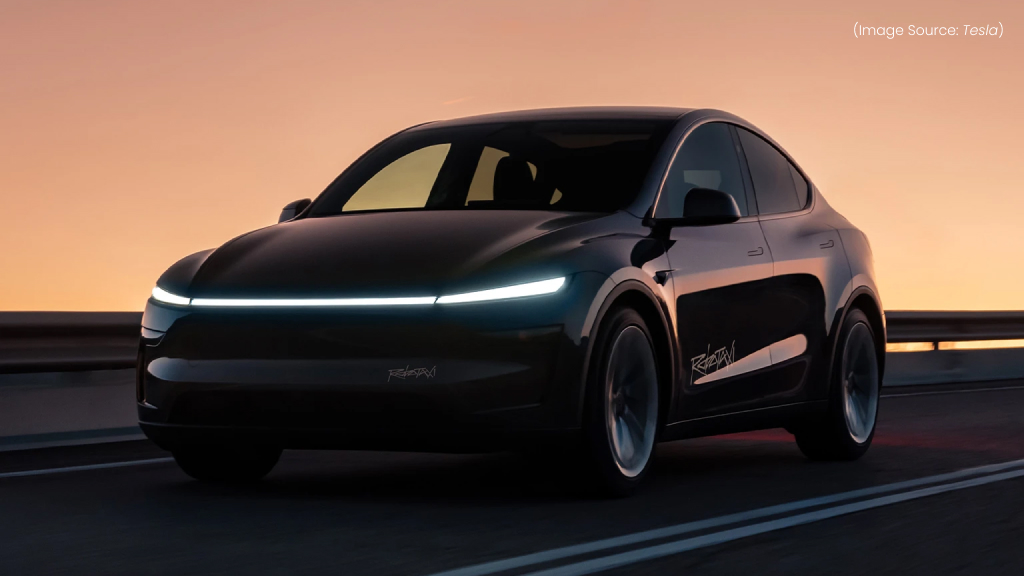
(Image Source: Tesla)
Tesla’s Robotaxi launch enters a competitive autonomous vehicle market already populated by major players like Waymo, Cruise, and Zoox. Waymo, widely considered the front-runner, operates over 1,500 autonomous vehicles across cities like Phoenix, San Francisco, and Los Angeles, using a sensor-heavy system that includes lidar and radar. Cruise, backed by General Motors, also offers fully driverless rides in select urban areas.
In contrast, Tesla’s approach relies solely on cameras and neural networks, betting on scalability and cost-efficiency over sensor redundancy. While Tesla’s Robotaxi fleet is currently small and geofenced to Austin, its integration with an existing fleet of millions of FSD-capable vehicles offers long-term scaling potential.
Industry analysts see Tesla’s entry as disruptive, especially if its vision-only system proves reliable. However, public trust, regulatory approval, and real-world performance will ultimately determine its market success. As the race for autonomous ride-hailing intensifies, Tesla’s bold strategy sets it apart, but also under heightened scrutiny.
User Feedback and Real-World Insights
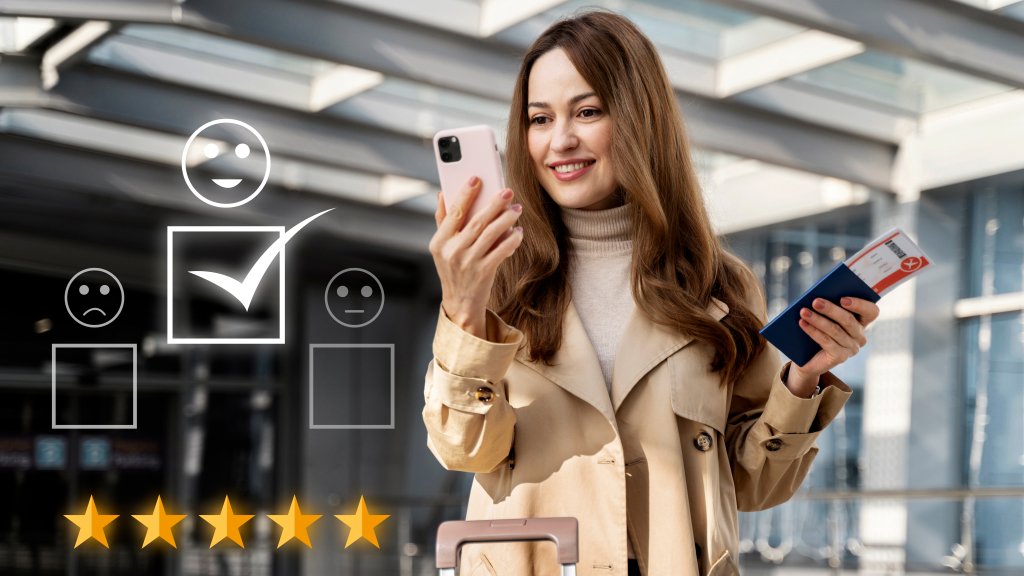
Early users of Tesla’s Robotaxi in Austin have offered a mix of praise and constructive feedback, painting a nuanced picture of the autonomous ride experience. Many riders commend the vehicle’s smooth handling, accurate pedestrian detection, and cautious decision-making, especially in dense traffic and urban zones.
While most rides proceed without issue, a few have shown minor glitches, such as awkward stops, overcorrections, or momentary lane drifting. Pick-up and drop-off points have occasionally been imprecise, though Tesla is actively refining performance through software updates. Most users described the overall experience as “safe,” “fascinating,” and “surprisingly normal.”
Tesla’s decision to include a safety monitor onboard has also reassured riders during this testing phase. As feedback rolls in, Tesla is expected to continuously refine the Robotaxi’s behavior through real-world data and software updates. The National Highway Traffic Safety Administration (NHTSA) is reportedly investigating footage that shows a robotaxi entering an oncoming lane. Tesla has confirmed it is sharing driving data with federal agencies.
What Comes Next
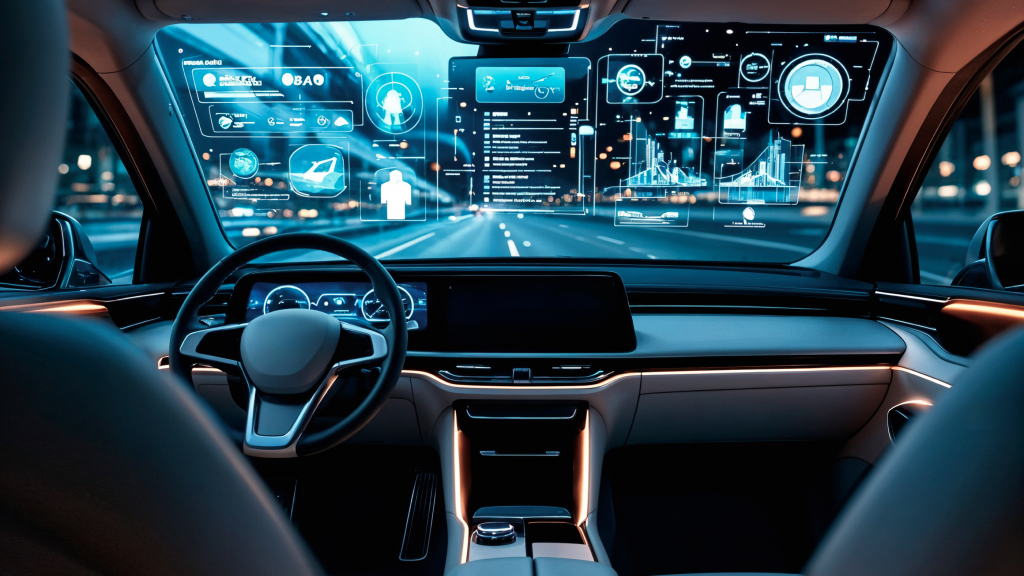
Elon Musk has declared that Tesla plans to scale its robotaxi service aggressively, with a goal of deploying millions of autonomous vehicles by the end of 2026. The success of the Austin program will play a critical role in shaping that trajectory. More cities could follow if Tesla can prove consistent safety, gain regulatory approval, and continue refining its FSD software. The company is expected to expand the Austin program gradually through wider invites and more vehicles in the coming months.
Tesla’s public robotaxi service in Austin is more than a local experiment, it’s a live test of autonomous driving’s viability at scale. It combines bold innovation with real-world risk, offering a glimpse into a future where calling a car might no longer mean expecting a driver. Whether Tesla can lead the robotaxi race will depend not just on software and sensors, but on trust, transparency, and timing. For now, Austin finds itself at the crossroads of tech ambition and transportation history.
